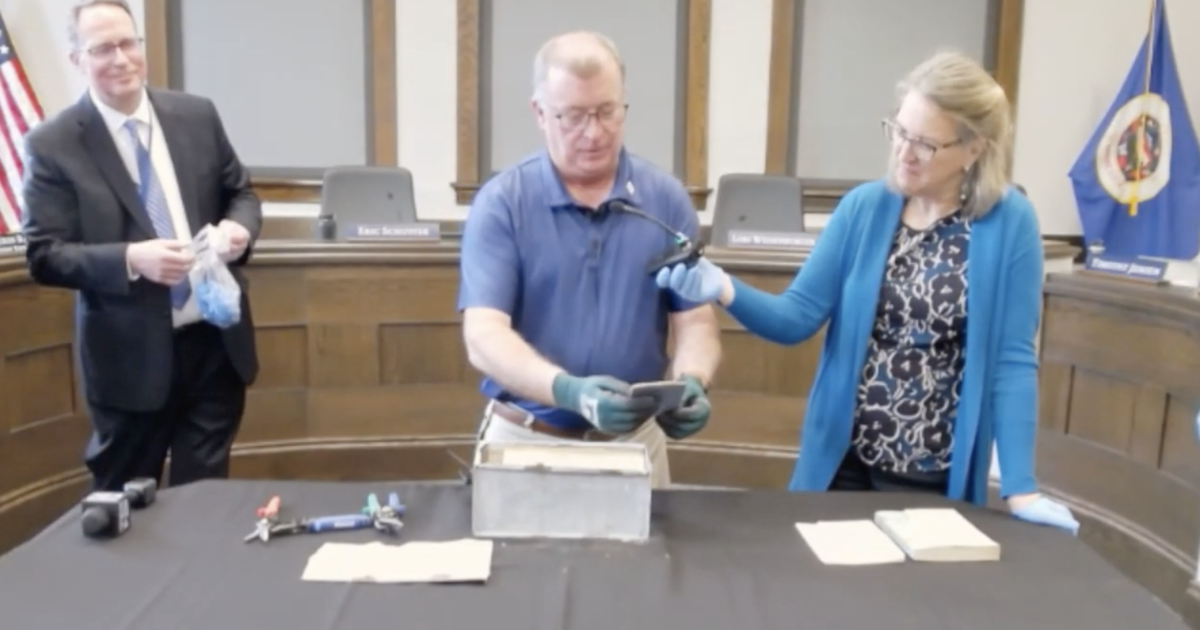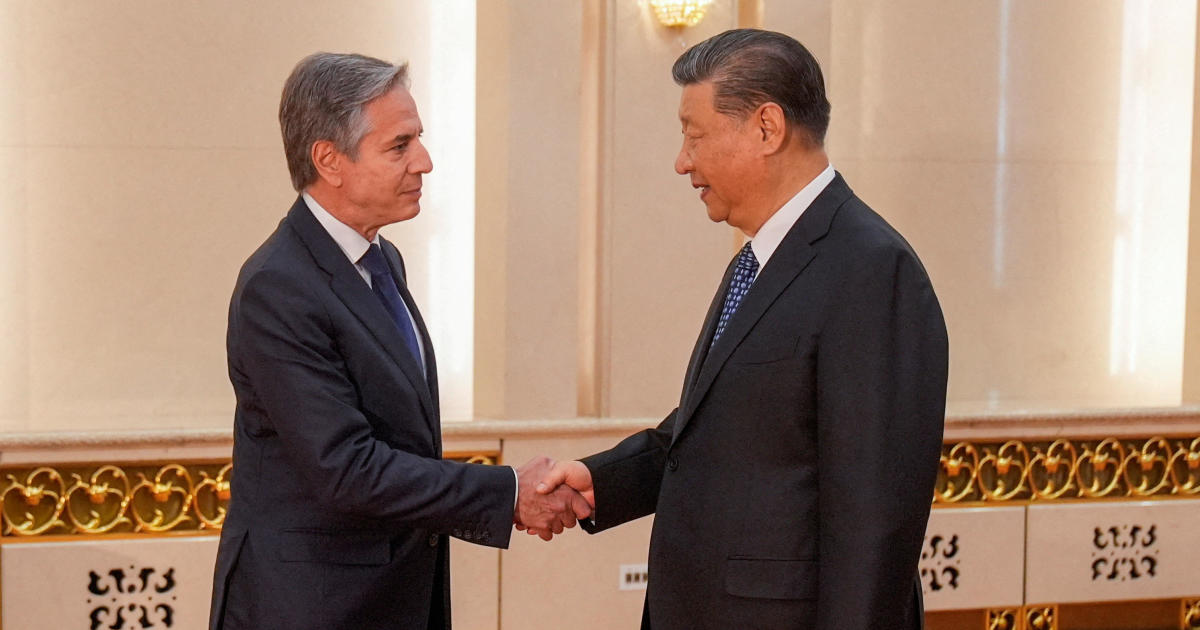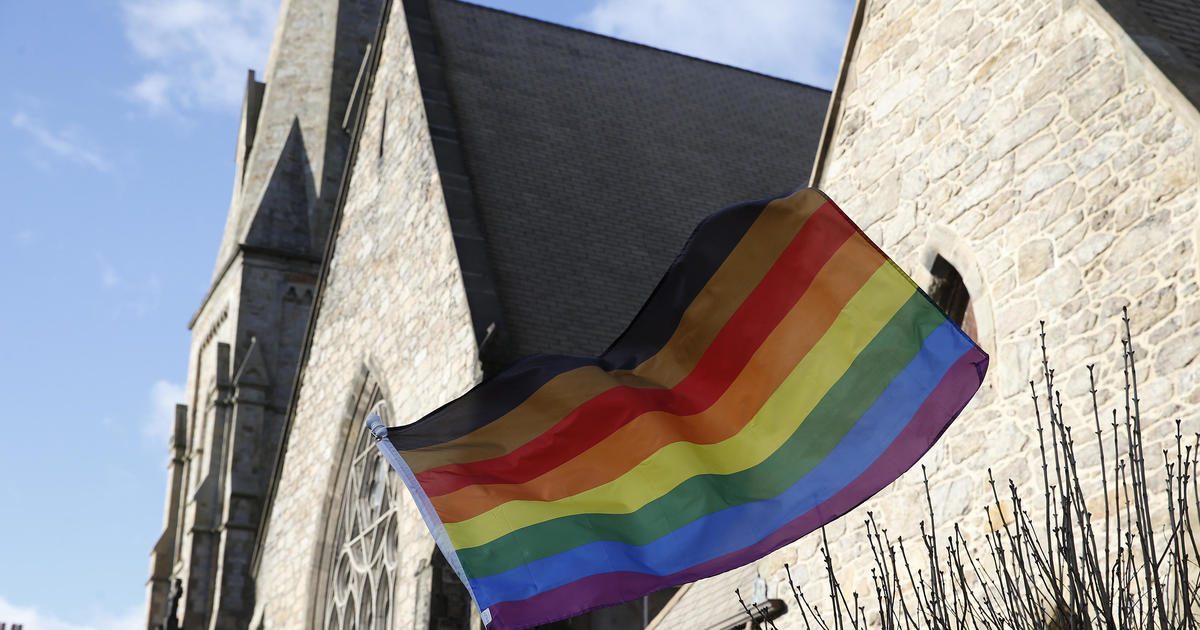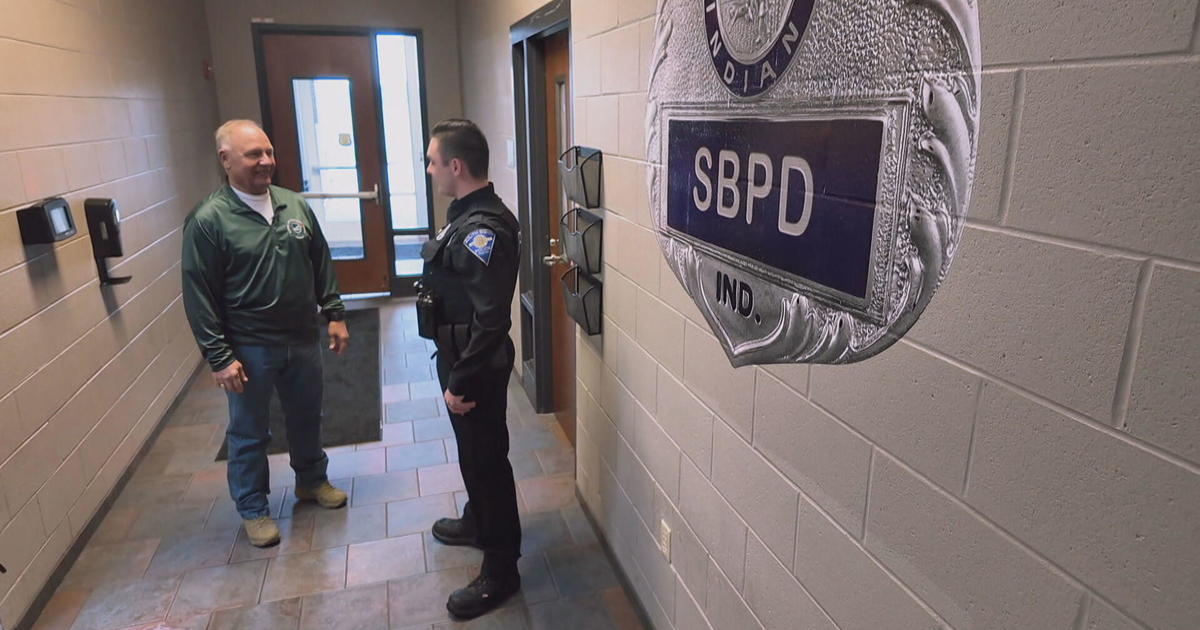Every year, NORAD tracks Santa on his Christmas travels. Here's how it comes together.
For 68 years, the North American Aerospace Defense Command — known as NORAD — has tracked Santa Claus' global gift-giving journey every Christmas Eve.
The annual tradition started in 1955, when, according to NORAD and Col. Elizabeth Mathias, U.S. Northern Command public affairs director, a child hoping to speak with Santa dialed the wrong number and ended up on the line with a U.S. colonel instead.
The child had mistakenly called the operations center of NORAD's precursor, the Continental Air Defense Command, in Colorado Springs, Colorado.
Col. Harry Shoup, the commander on duty, asked his staff to check the radar for jolly old Saint Nick's whereabouts, and thus began the first incarnation of the Santa tracking program, NORAD says. Now, what began as an accidental phone call has grown into a sprawling operation involving more than 1,000 volunteers.
"When I meet perfect strangers, and they ask what I do, and I say that I'm in the military, and that I'm stationed at NORAD, they always ask me about NORAD Tracks Santa," Mathias told CBS News. "It really has been amazing how it brings people together who maybe have no knowledge of the military."
Mathias, who oversees the Santa tracker project but prefers to call herself a "steward of the program" out of deference to its storied history, started her role in 2022.
"I actually remember calling into NORAD as a child and asking NORAD where Santa was," Mathias said. "When I was able to come back here in my job and find out that this was part of my main duties, my husband actually said to me, 'Just make sure you don't break Santa.'"
Months of planning
Although the Santa tracker is only live for less than 24 hours a year, preparations begin months in advance.
"My team and I think about [it] all year long," Mathias said.
Mathias' team spends the early part of the year reviewing how things went in the previous December, and thanking the program's more than 70 corporate contributors "who bear virtually all of the costs" associated with the project, according to NORAD's website.
In the spring, the team starts reaching out to past participants again to ask for their support in the coming holiday season. Then, in the first months of fall, they begin coordinating with service members at Peterson Space Force Base in Colorado Springs to prep the facility with the communications equipment necessary for its transformation into the NORAD Tracks Santa operations center.
"When we get into November, we start to schedule our volunteers to come in and take those calls," Mathias said. "So where we are now in December, middle of December, we get to start decorating the space, make sure we're plugging in the phone calls, so that we're ready on Dec. 24 for everybody to start going."
The big day
The tracker launched at 6 a.m. ET on Dec. 24, when Santa begins his approach to far eastern Asia. With the help of radars, satellites and jet fighters, NORAD says, it is able to keep tabs on Mr. Claus' globetrotting.
Throughout the day, "about 1,100 to 1,200" volunteers will answer phone calls from people around the world who dial into the 1-877-HI-NORAD hotline. Members of the Colorado Springs community bring food for everyone, Mathias said, and the program's partners at the base make sure the lights stay on.
While many volunteers are in-person at the operations center, those on leave or off-station also participate remotely through a call bridge. In 2022, the program answered 73,000 calls in-person, and 260,000 total, according to Mathias.
"When they still call us and find out it's real people, they're very surprised," Mathias said. "I've had callers literally go speechless because they weren't expecting to talk to someone."
Apart from the hotline, NORAD shares Santa's progress on its website, mobile apps and social media pages, as well as with Amazon Alexa, OnStar and SiriusXM Radio.
Everything comes to a close at 2 a.m. ET on Dec. 25, when the last volunteers sign off for the night.
The future of the Santa tracker
With the 70th anniversary of NORAD Tracks Santa only two years away, Mathias credits the program's continuation to the dedication of everyone involved — as well as to Santa's everlasting popularity.
"He doesn't need me to tell you how great he is," she said. "I think there are many fans around the world who can tell you that."
NORAD's willingness to adapt the tradition to evolving technology may be another reason it has kept going after nearly seven decades. The tracker first hit the internet in 1997, and now it may soon make a similar leap — this time into virtual reality. Mathias told CBS News that NORAD has discussed possibly developing a VR experience that lets people fly along with Santa, but "it's not quite ready yet."
"We're always thinking of ways to make sure that we keep the experience relevant for the people who want to track Santa today, while still also being true to the tradition that started in 1955," Mathias said. "We as a command take great, great pride in running the NORAD Tracks Santa program every year, and bringing that little bit of extra goodwill to people around the world."






